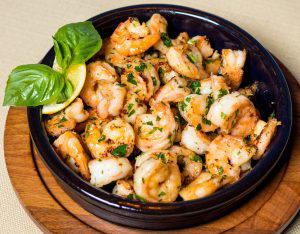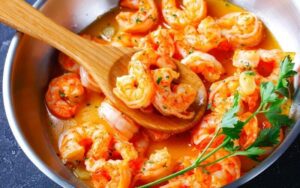
6 Ways to Cook Frozen Shrimp Fast | Juicy Results Every Time
Air fryer, stovetop, oven – master delicious frozen shrimp dishes in minutes. Get expert tips from a former Boat Basin Cafe chef!

Air fryer, stovetop, oven – master delicious frozen shrimp dishes in minutes. Get expert tips from a former Boat Basin Cafe chef!

Have you ever found yourself puzzled, wondering how long thawed cooked shrimp lasts in the fridge? Fear not, seafood lovers! In this ultimate guide, we’ll

Learn how to tell if shrimp is cooked by looking at its color and size and how to prevent overcooking them so that they don’t